Home>Dining>Tableware>How To Remove Stains From A Lace Tablecloth
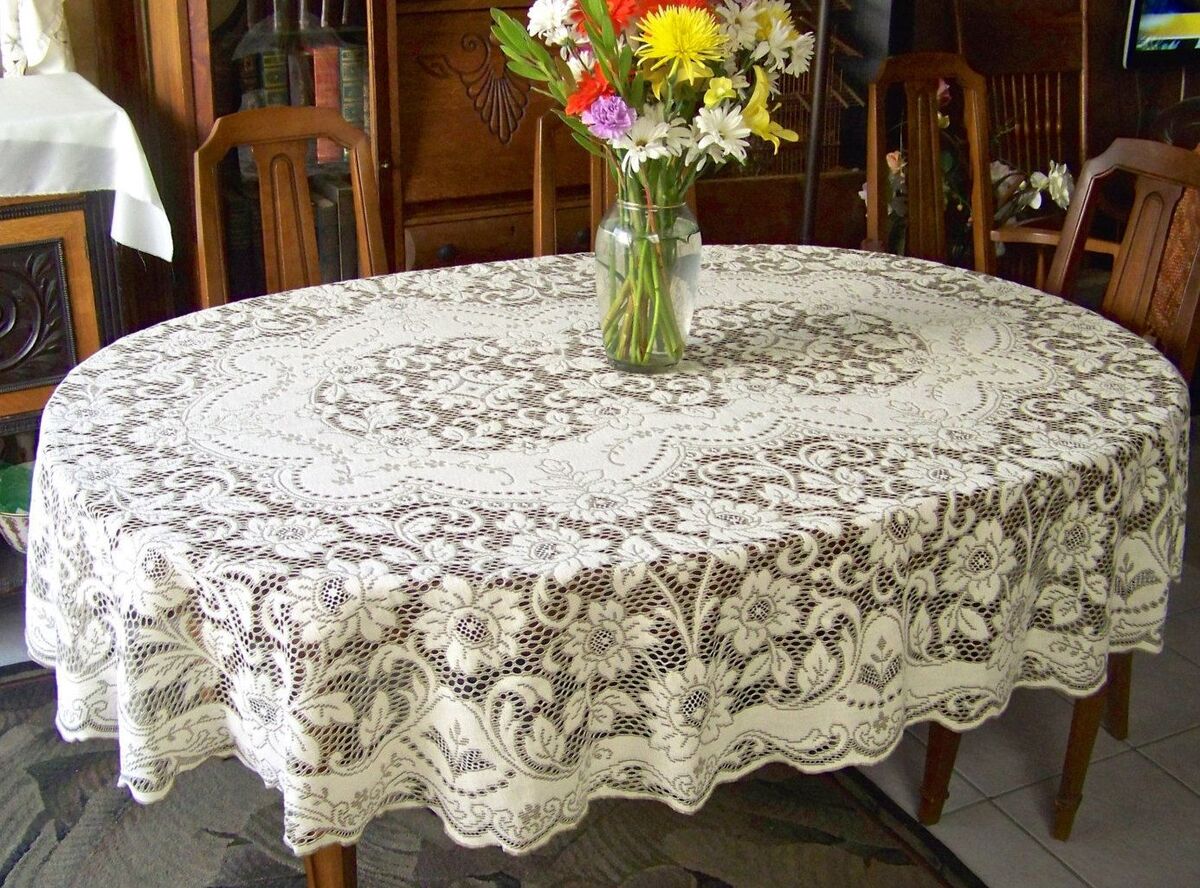

Tableware
How To Remove Stains From A Lace Tablecloth
Modified: February 24, 2024
Learn effective techniques to remove stains from your lace tablecloth and restore it to its original beauty. Discover the best tableware cleaning tips and tricks for a pristine dining experience.
(Many of the links in this article redirect to a specific reviewed product. Your purchase of these products through affiliate links helps to generate commission for Storables.com, at no extra cost. Learn more)
Introduction
Welcome to the world of tableware, where the elegance and charm of lace tablecloths never go out of style. Whether you are hosting a fancy dinner party or just enjoying a casual meal at home, a lace tablecloth adds a touch of sophistication to any dining experience. However, one common concern that many tableware enthusiasts face is how to remove stubborn stains from these delicate and intricate fabrics.
In this article, we will guide you through the process of effectively removing stains from your lace tablecloth, ensuring that it remains pristine and beautiful for years to come. By following our expert tips and tricks, you can restore your tablecloth to its former glory, all while preserving its delicate structure and intricate design.
Before diving into the stain removal process, it is important to gather the necessary supplies. Having these items on hand will make the cleaning process much smoother and more efficient. You will need:
- Gentle laundry detergent
- White vinegar
- Hydrogen peroxide
- Cornstarch or talcum powder
- Cotton swabs
- Mild dish soap
- Soft-bristled brush
- White cloth or sponge
- Baking soda
- Stain remover (optional)
- Distilled water (avoid using tap water, as it may contain minerals that can damage the fabric)
Now that you have your supplies ready, it’s time to prepare the lace tablecloth for stain removal.
Key Takeaways:
- Act quickly and use gentle cleaning solutions like mild dish soap, vinegar, and hydrogen peroxide to effectively remove stains from delicate lace tablecloths. Always test cleaning solutions in inconspicuous areas to prevent damage.
- Properly prepare, dry, and store lace tablecloths to maintain their pristine condition. Avoid heat, direct sunlight, and plastic bags, and periodically refold to prevent permanent creases.
Gathering Supplies
Before embarking on the stain removal process for your lace tablecloth, it is essential to gather the necessary supplies. Having the right tools and products on hand will make the cleaning process much more effective and efficient.
Here are the supplies you will need:
- Gentle laundry detergent: Look for a laundry detergent specifically formulated for delicate fabrics. Avoid using bleach or harsh detergents, as these can damage the delicate fibers of the lace.
- White vinegar: Vinegar is a versatile and effective natural cleaner. It can help remove stains and odors from your lace tablecloth. Dilute it with water before use.
- Hydrogen peroxide: Hydrogen peroxide is a powerful stain remover, especially for food and beverage stains. It is important to use a 3% solution and test it in a small, inconspicuous area of the lace before applying it to the stain.
- Cornstarch or talcum powder: These powders can help absorb excess grease and oils from stains. They are especially useful for treating oil and grease stains on your lace tablecloth.
- Cotton swabs: Cotton swabs are useful for applying stain removers or cleaning solutions to small areas of the stain. They allow for precise application without applying excessive pressure that can damage the delicate lace fabric.
- Mild dish soap: A gentle dish soap can be effective in removing stains from your lace tablecloth. Choose a mild formula without any harsh chemicals.
- Soft-bristled brush: A soft-bristled brush, such as a toothbrush or a paintbrush, can be used to gently scrub stains. Be sure to choose a brush with soft bristles to avoid damaging the delicate lace fabric.
- White cloth or sponge: A soft white cloth or sponge is ideal for blotting away stains and applying cleaning solutions. Avoid using colored or abrasive materials that may transfer dyes or cause damage.
- Baking soda: Baking soda is a natural stain remover and odor eliminator. It can help lift and absorb stains from your lace tablecloth.
- Stain remover (optional): If the stain persists after trying other methods, you may opt to use a stain remover specifically designed for delicate fabrics. Follow the instructions on the product carefully.
- Distilled water: If necessary, use distilled water instead of tap water when cleaning your lace tablecloth. Tap water may contain minerals that can damage the delicate lace fibers.
By gathering these supplies beforehand, you will be well-prepared to tackle the various types of stains that can mar the beauty of your lace tablecloth. Now that you have your supplies ready, it’s time to prepare the tablecloth for stain removal.
Preparing the Lace Tablecloth
Before you begin the process of removing stains from your lace tablecloth, it is important to properly prepare the fabric. Taking the time to prepare the tablecloth will help protect the delicate lace and ensure that the stain removal process is as effective as possible.
Here’s how to prepare your lace tablecloth:
- Start by carefully inspecting the tablecloth for any loose threads or delicate areas. Mend any loose threads using a needle and thread before proceeding with the stain removal process.
- If the tablecloth is machine washable, check the care instructions. Most lace tablecloths require gentle handwashing to prevent damage. However, if the care instructions allow for machine washing, ensure that the tablecloth is secure in a mesh laundry bag to protect it from getting tangled or snagged.
- Before treating any stains, perform a spot test on a small, inconspicuous area of the lace. Apply a small amount of your chosen cleaning solution or stain remover and blot it gently with a white cloth. If there is any color bleeding or fabric damage, do not proceed with that particular cleaning method.
- If the lace tablecloth has any removable embellishments, such as beads or sequins, carefully remove them before cleaning. These embellishments may be delicate and could be damaged during the stain removal process.
- For heavily stained areas, it may be necessary to pre-treat the stains before washing the entire tablecloth. Gently apply a small amount of your chosen stain remover to the stained area and let it sit for a few minutes.
- If the lace tablecloth is white or off-white in color, you may choose to soak it in a mixture of water and gentle laundry detergent before washing. This can help to loosen and remove general dirt and grime.
- Once you have prepped the lace tablecloth, it is ready to undergo the stain removal process. With proper preparation, you can ensure that the delicate fabric is protected and that the stain removal process is effective.
By following these steps, you can now move on to removing specific types of stains from your lace tablecloth. Whether it’s food stains, beverage spills, or ink marks, we will guide you through the process of restoring your lace tablecloth to its original beauty.
Removing Food Stains
Food stains are a common occurrence on tablecloths, including delicate lace ones. Whether it’s a splash of sauce or a lingering mark from a delicious meal, it’s important to tackle food stains promptly to prevent them from setting into the fabric. Here’s how you can effectively remove food stains from your lace tablecloth:
- Act quickly: As soon as you notice a food stain on your lace tablecloth, act swiftly. The longer the stain sits, the harder it will be to remove.
- Blot the stain: Start by blotting the stain with a clean white cloth or paper towel. Gently dab the stain to absorb as much of the food residue as possible. Avoid rubbing or scrubbing, as this can spread the stain and damage the delicate lace fabric.
- Gentle detergent: Mix a small amount of gentle laundry detergent with cool water. Dip a soft white cloth or sponge into the solution and lightly blot the stained area. Work from the outer edges of the stain towards the center to prevent spreading. Avoid soaking the lace tablecloth, as excessive moisture can cause damage.
- Rinse: After applying the detergent solution, rinse the area with cool water to remove any remaining residue. Again, be cautious not to oversaturate the fabric.
- Spot treating: If the food stain persists after gentle washing, create a paste using a mixture of baking soda and water. Apply the paste directly to the stain and let it sit for a few minutes. Gently rub the paste into the stain using a soft-bristled brush. Rinse with cool water and repeat if necessary.
- Consult a professional cleaner: For stubborn or set-in food stains, it may be best to consult a professional cleaner who specializes in delicate fabrics. They will have the expertise and tools to handle tough stains without causing damage to the lace fabric.
Remember, when treating food stains on your lace tablecloth, it’s essential to be gentle and patient. Avoid using harsh chemicals or scrubbing vigorously, as this can cause irreparable damage to the delicate fabric. By following these steps, you can effectively remove food stains and restore the pristine beauty of your lace tablecloth.
Treating Beverage Stains
Beverage stains are another common culprit that can mar the beauty of your delicate lace tablecloth. Whether it’s a spilled wine or a coffee mishap, it’s important to address beverage stains promptly to prevent them from becoming permanent. Here’s how you can effectively treat beverage stains on your lace tablecloth:
- Blot the stain: Begin by blotting the spilled beverage with a clean white cloth or paper towel. Gently dab the stain, absorbing as much of the liquid as possible. Avoid rubbing or scrubbing, as this can push the stain deeper into the fabric.
- Prepare a cleaning solution: Mix a solution of equal parts lukewarm water and white vinegar. Vinegar is effective in breaking down and removing beverage stains from fabrics. Dip a soft white cloth or sponge into the cleaning solution and gently blot the stained area.
- Rinse with cool water: After applying the vinegar solution, rinse the area with cool water to remove any residue. Be cautious not to oversaturate the lace fabric.
- Hydrogen peroxide for stubborn stains: If the beverage stain persists, especially for red wine or dark-colored beverages, you can use hydrogen peroxide. Test it in a small, inconspicuous area first to ensure it doesn’t cause any discoloration. Apply a small amount of hydrogen peroxide to a white cloth or cotton swab and dab the stain gently. Rinse with cool water afterward.
- Blot and dry: Once you have treated the beverage stain, blot the area with a clean, dry cloth to absorb any excess moisture. Lay the lace tablecloth flat on a clean surface to air dry. Avoid using a clothes dryer, as the heat can damage the delicate lace fabric.
- Consult a professional cleaner if needed: If the beverage stain persists or if you’re uncertain about treating it on your own, it’s best to seek assistance from a professional cleaner who specializes in delicate fabrics. They will have the expertise to handle tough stains without causing further damage.
Remember, when dealing with beverage stains on your lace tablecloth, it’s crucial to act quickly and avoid harsh scrubbing. By following these steps and using gentle cleaning solutions, you can effectively remove beverage stains and restore the pristine look of your lace tablecloth.
Dealing with Oil and Grease Stains
Oil and grease stains can be particularly challenging to remove from delicate lace tablecloths. Whether it’s a splatter from cooking or an accidental spill, it’s essential to address these stains promptly to prevent them from setting into the fabric. Here’s how you can effectively deal with oil and grease stains on your lace tablecloth:
- Blot the stain: Begin by blotting the oil or grease stain with a clean white cloth or paper towel. Gently press the cloth against the stain to absorb as much of the grease as possible. Avoid rubbing, as it can spread the stain and damage the lace fabric.
- Cornstarch or talcum powder: Sprinkle a generous amount of cornstarch or talcum powder over the oil or grease stain. These powders will help absorb the oil and grease from the fabric. Let the powder sit on the stain for at least 30 minutes to allow it to work its magic.
- Brush off the powder: After the powder has had time to absorb the oil or grease, use a soft-bristled brush or a cloth to gently brush off the excess powder. Be careful not to rub it into the lace, as it may push the stain deeper into the fabric.
- Cleaning solution: Mix a solution of mild dish soap and lukewarm water. Dip a soft white cloth or sponge into the solution and gently blot the stained area. Work from the outer edges of the stain towards the center to prevent spreading. Avoid saturating the lace tablecloth, as excessive moisture can damage the fabric.
- Rinse and dry: After applying the cleaning solution, rinse the area with cool water to remove any remaining residue. Blot the area with a clean, dry cloth to absorb excess moisture. Lay the lace tablecloth flat on a clean surface to air dry. Avoid using a clothes dryer, as the heat can damage the delicate lace fabric.
- Consult a professional cleaner if needed: If the oil or grease stain persists, or if you’re unsure about treating it on your own, it’s best to consult a professional cleaner who specializes in delicate fabrics. They will have the expertise and tools to handle tough stains without causing further damage.
Remember, when dealing with oil and grease stains on your lace tablecloth, it’s crucial to act quickly and use appropriate absorbent powders. By following these steps and applying gentle cleaning solutions, you can effectively remove oil and grease stains, restoring the pristine beauty of your lace tablecloth.
To remove stains from a lace tablecloth, gently dab the stained area with a mixture of mild detergent and cold water. Avoid rubbing the stain, as this can damage the delicate lace. Rinse with cold water and air dry.
Removing Ink Stains
Ink stains can be particularly stubborn and challenging to remove from delicate lace tablecloths. Whether it’s a stray pen mark or an accidental spill, it’s essential to address ink stains promptly to increase the chances of successful removal. Here’s how you can effectively remove ink stains from your lace tablecloth:
- Act quickly: As soon as you notice an ink stain on your lace tablecloth, act swiftly. The longer the ink sits, the harder it will be to remove.
- Blot the stain: Start by blotting the ink-stained area with a clean white cloth or paper towel. Gently press the cloth against the stain to absorb as much of the ink as possible. Avoid rubbing, as this can spread the ink and further damage the lace fabric.
- Isolate the stained area: Place a clean white cloth or paper towel underneath the stained area of the lace tablecloth to prevent the ink from transferring to other parts of the fabric.
- Test the ink removal method: Before applying any cleaning solution, test it in a small, inconspicuous area of the lace tablecloth. This will ensure that the solution does not cause discoloration or damage to the fabric.
- Rubbing alcohol: If the ink stain is fresh, dampen a clean white cloth with rubbing alcohol and gently dab the stain. As you do so, you should see the ink transferring to the cloth. Switch to clean sections of the cloth as needed to avoid reapplying the ink to the fabric.
- Create a milk and vinegar solution: If rubbing alcohol is not available or suitable for your lace tablecloth, you can create a mixture of equal parts milk and white vinegar. Dip a clean cloth into the mixture and gently dab the ink stain. As with the rubbing alcohol method, switch to clean sections of the cloth as needed.
- Blot with a mild dish soap solution: After trying the rubbing alcohol or milk and vinegar mixture, create a solution of mild dish soap and lukewarm water. Dampen a clean white cloth with the solution and blot the stain. Rinse the area with cool water to remove any residue.
- Consult a professional cleaner if needed: If the ink stain persists or if you’re unsure about treating it on your own, it’s best to seek advice from a professional cleaner who specializes in delicate fabrics. They will have the expertise and tools to handle tough ink stains without causing further damage.
Remember, prompt action is crucial when dealing with ink stains on your lace tablecloth. By following these steps and using appropriate cleaning solutions, you can effectively remove ink stains and restore the pristine look of your delicate lace fabric.
Tackling Makeup and Nail Polish Stains
Makeup and nail polish stains can be quite frustrating, especially when they end up on delicate lace tablecloths. Whether it’s a smear of foundation or an accidental spill of nail polish, it’s essential to approach these stains with caution to avoid damaging the delicate fabric. Here’s how you can effectively tackle makeup and nail polish stains on your lace tablecloth:
- Act quickly: As with any stain, it’s important to act quickly to prevent it from setting into the fabric.
- Scrape off excess: For makeup stains, gently scrape off any excess makeup using a dull knife or spoon. Be careful not to push the stain further into the fabric.
- Blot the stain: For both makeup and nail polish stains, blot the stained area carefully with a clean white cloth or paper towel. Dab the stain gently to absorb as much of the material as possible. Avoid rubbing, as this can spread the stain and damage the lace fabric.
- Moisten the stain: Moisten a clean white cloth or cotton swab with a mild dish soap and lukewarm water solution. Gently dab the stained area, working from the outer edges toward the center. Avoid excessive moisture, as it can harm the lace fabric.
- Acetone for nail polish: If the stain is from nail polish, acetone can be effective in removing it. However, it’s essential to test the acetone on a hidden area of the lace tablecloth first, as it may cause discoloration or damage. If there is no adverse reaction, apply a small amount of acetone to a cotton swab or clean white cloth and dab the stain gently. Rinse the area with cool water afterward.
- Repeat as necessary: Depending on the intensity of the stain, you may need to repeat the cleaning process multiple times. Be patient and persistent, making sure to rinse the area with cool water in between attempts.
- Consult a professional cleaner if needed: If the makeup or nail polish stain persists after several attempts or if you’re unsure about treating it on your own, it’s best to consult a professional cleaner who specializes in delicate fabrics. They will have the expertise and tools to handle tough stains without causing further damage.
Remember, when dealing with makeup and nail polish stains on your lace tablecloth, it’s crucial to act quickly and use gentle cleaning techniques to avoid damaging the delicate fabric. By following these steps and exercising patience, you can effectively remove makeup and nail polish stains, restoring the beauty of your lace tablecloth.
Handling Blood Stains
Blood stains can happen unexpectedly, and dealing with them promptly is crucial to prevent them from setting into your delicate lace tablecloth. Whether it’s a small cut or a mishap, it’s important to approach blood stains with care to ensure proper removal. Here’s how you can effectively handle blood stains on your lace tablecloth:
- Act quickly: Blood stains are easier to remove when addressed promptly. As soon as you notice a blood stain, act as quickly as possible.
- Blot the stain: Use a clean white cloth or paper towel to blot the blood stain gently. Be careful not to scrub or rub the stain, as this can push it deeper into the fabric.
- Pre-treat with cold water: Rinse the stained area under cold water as soon as possible. Cold water helps to break down the blood stain and make it easier to remove. Place the stained area under a running faucet or use a clean cloth soaked in cold water to gently dab the stain.
- Mild dish soap solution: Create a solution of mild dish soap and cool water. Gently dab the stained area with a clean white cloth or sponge soaked in the solution. Work from the outer edges of the stain towards the center to prevent spreading.
- Rinse and check: Rinse the area thoroughly with cold water to remove any residues of the soap solution. Check if the blood stain has been completely removed. If a faint stain remains, repeat the soapy water application and rinsing process.
- Cold enzyme cleaner: If the blood stain is persistent, you can consider using a cold enzyme cleaner, specifically formulated for removing biological stains. Follow the instructions on the cleaner and test it in an inconspicuous area of the lace tablecloth before applying it to the stained portion.
- Avoid hot water and heat: Never use hot water or heat to remove blood stains, as it can cause the protein in the blood to set into the fabric, making the stain even more challenging to remove.
- Consult a professional cleaner if needed: If the blood stain persists or if you’re unsure about treating it on your own, it’s best to seek assistance from a professional cleaner who specializes in delicate fabrics. They will have the expertise and tools to handle tough stains without causing further damage to the lace fabric.
Remember, when dealing with blood stains on your lace tablecloth, it’s important to act quickly and use appropriate cleaning methods. By following these steps and being patient, you can effectively remove blood stains and restore the pristine appearance of your delicate lace fabric.
Read more: How To Remove Ink From A Tablecloth
General Stain Removal Tips
When it comes to stain removal from lace tablecloths, there are some general tips and tricks that can help you achieve the best results. Here are a few handy tips to keep in mind when dealing with stains on your delicate lace fabric:
- Act quickly: The sooner you address a stain, the higher the chances of successful removal. Try to attend to any spills or accidents as soon as they occur.
- Blot, don’t rub: When dealing with stains, always blot the affected area gently with a clean white cloth or paper towel. Avoid rubbing as it can push the stain deeper into the fabric or cause friction damage to the delicate lace.
- Test cleaning solutions: Before applying any cleaning solution or stain remover to your lace tablecloth, it’s essential to test it on a small, inconspicuous area. This will ensure that the solution doesn’t cause any discoloration or damage to the fabric.
- Clean in a gentle manner: When cleaning your lace tablecloth, use mild cleaning solutions and be gentle in your approach. Avoid using harsh chemicals, strong detergents, or abrasive materials, as they can cause damage to the delicate lace fabric.
- Avoid heat: Heat can set stains and damage lace fabric. As such, it’s important to avoid exposing your lace tablecloth to hot water, excessive heat, or heat-drying methods such as using a clothes dryer or ironing. Always opt for air drying your lace tablecloth.
- Treat stains from the back: To prevent spreading the stain further, place a clean white cloth or paper towel underneath the stained area. This will help absorb excess moisture and prevent the stain from transferring to other portions of the fabric.
- Store clean and dry: After successfully removing stains from your lace tablecloth, ensure it is completely dry before storing it. Moisture can lead to mold or mildew growth, which can be difficult to remove from delicate fabric. Store your lace tablecloth in a cool, dry place to maintain its pristine condition.
- Consult a professional if unsure: If you’re unsure about tackling a particular stain or if it persists despite your efforts, it’s best to consult a professional cleaner who specializes in delicate fabrics. They have the expertise and resources to handle tough stains without causing damage to your lace tablecloth.
By following these general stain removal tips, you can increase the likelihood of successfully removing stains from your delicate lace tablecloth. Remember to approach stain removal with care and patience, ensuring that you preserve the beauty and integrity of your lace fabric.
Drying and Storing the Lace Tablecloth
Proper drying and storage of your lace tablecloth are essential to maintain its pristine condition and prolong its lifespan. By following these guidelines, you can ensure that your delicate lace fabric remains beautiful and well-preserved:
- Air drying: After cleaning your lace tablecloth, it is crucial to let it dry naturally. Lay it flat on a clean surface, preferably on a white towel, and allow it to air dry. Avoid using a clothes dryer, as the heat and movement can damage the delicate fabric.
- Avoid direct sunlight: When air drying your lace tablecloth, keep it away from direct sunlight. Prolonged exposure to the sun’s UV rays can cause the fabric to fade or become discolored over time.
- Keep it flat: Once the lace tablecloth is completely dry, store it flat to maintain its shape and avoid any creasing or folding that may be difficult to remove. If the tablecloth is too large to lay flat, fold it gently once or twice, making sure to avoid tight creases.
- Avoid plastic bags: Do not store your lace tablecloth in plastic bags or airtight containers, as this can trap moisture and potentially lead to mold or mildew growth. Instead, opt for a breathable fabric storage bag or wrap it in acid-free tissue paper to protect it from dust and dirt.
- Choose a cool, dry storage space: Find a storage location that is cool, dry, and free from extreme temperature changes. Avoid areas prone to high humidity, such as basements or attics, as this can promote moisture buildup and damage the delicate lace fabric.
- Regularly check and refold: To prevent permanent creases or folds, periodically check your stored lace tablecloth and refold it along different lines. This helps distribute any stress on the fabric and prevents damage in specific areas.
- Keep away from chemicals: Avoid storing your lace tablecloth near harsh chemicals, cleaning agents, or fragrances, as they can transfer onto the fabric and cause discoloration or damage.
- Inspect before use: Before using your lace tablecloth for a special occasion, always inspect it for any signs of damage, discoloration, or insect infestation. If you notice any issues, consult a professional cleaner or fabric specialist for proper restoration.
By following these drying and storage guidelines, you can ensure that your lace tablecloth remains in excellent condition and can be enjoyed for many years to come. Taking proper care of your delicate lace fabric will help preserve its beauty and maintain its timeless appeal.
Conclusion
Your lace tablecloth is a beautiful and delicate piece of tableware that requires special care and attention, especially when it comes to stain removal. By following the tips and techniques outlined in this article, you can effectively remove various types of stains from your lace tablecloth while preserving its intricate design and fabric integrity.
Remember to act quickly when dealing with stains, as prompt action increases the likelihood of successful stain removal. Blotting the stain gently and using appropriate cleaning solutions, such as mild dish soap, vinegar, or hydrogen peroxide, can help lift and eliminate stains from your lace fabric.
It is important to work with caution, employing gentle techniques and avoiding harsh chemicals or excessive rubbing, which can damage the delicate fibers of the lace. Additionally, always test cleaning solutions on a small, inconspicuous area of the lace tablecloth before applying them to the stain to prevent any potential discoloration or damage.
Once you have successfully removed stains from your lace tablecloth, ensure it is thoroughly dried by air drying it on a flat surface. Avoid using heat sources like clothes dryers or direct sunlight, as they can cause damage to the fabric. Properly storing your lace tablecloth in a cool, dry place, away from direct sunlight and chemicals, will help maintain its pristine condition for years to come.
Should you encounter stubborn stains or feel unsure about the stain removal process, do not hesitate to seek assistance from a professional cleaner who specializes in delicate fabrics. Their expertise and resources can help ensure safe and effective stain removal without causing further damage to your lace tablecloth.
By following these guidelines and investing time and care in maintaining your lace tablecloth, you can enjoy its elegance and beauty for many memorable occasions. So, don’t let stains tarnish the allure of your delicate lace fabric. Take action, follow the tips outlined in this article, and cherish your lace tablecloth for generations to come.
Frequently Asked Questions about How To Remove Stains From A Lace Tablecloth
Was this page helpful?
At Storables.com, we guarantee accurate and reliable information. Our content, validated by Expert Board Contributors, is crafted following stringent Editorial Policies. We're committed to providing you with well-researched, expert-backed insights for all your informational needs.
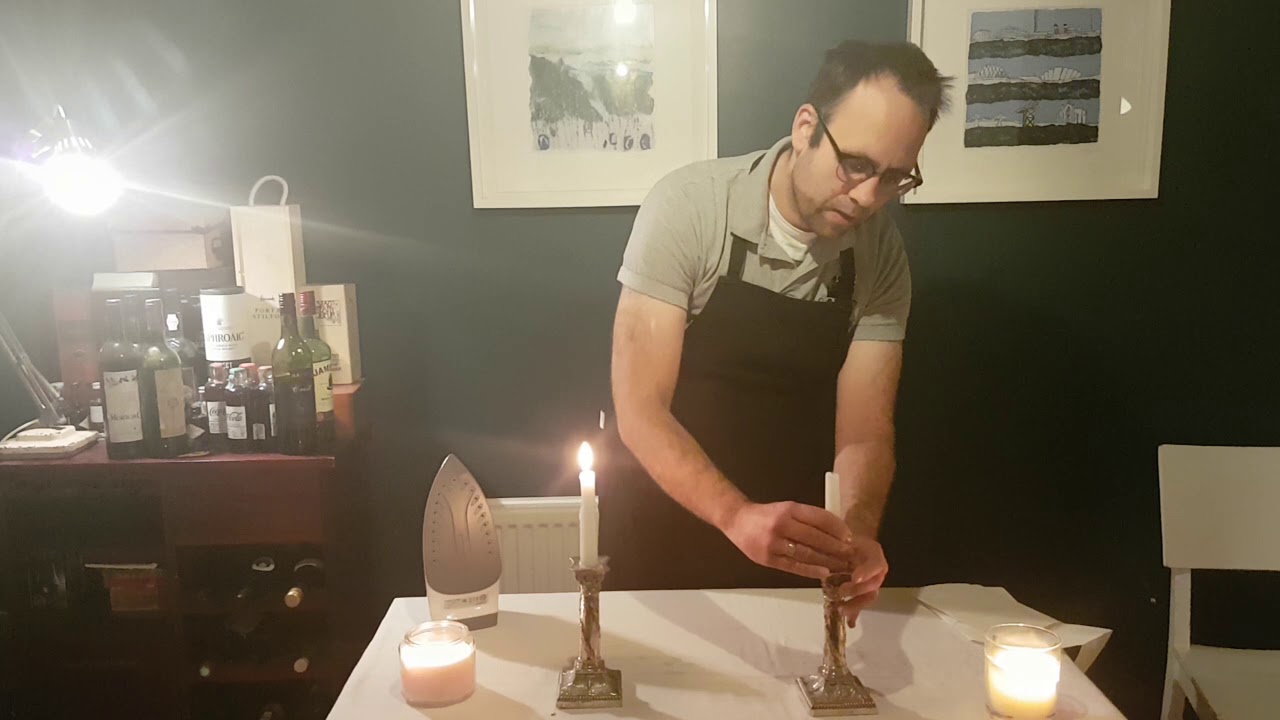
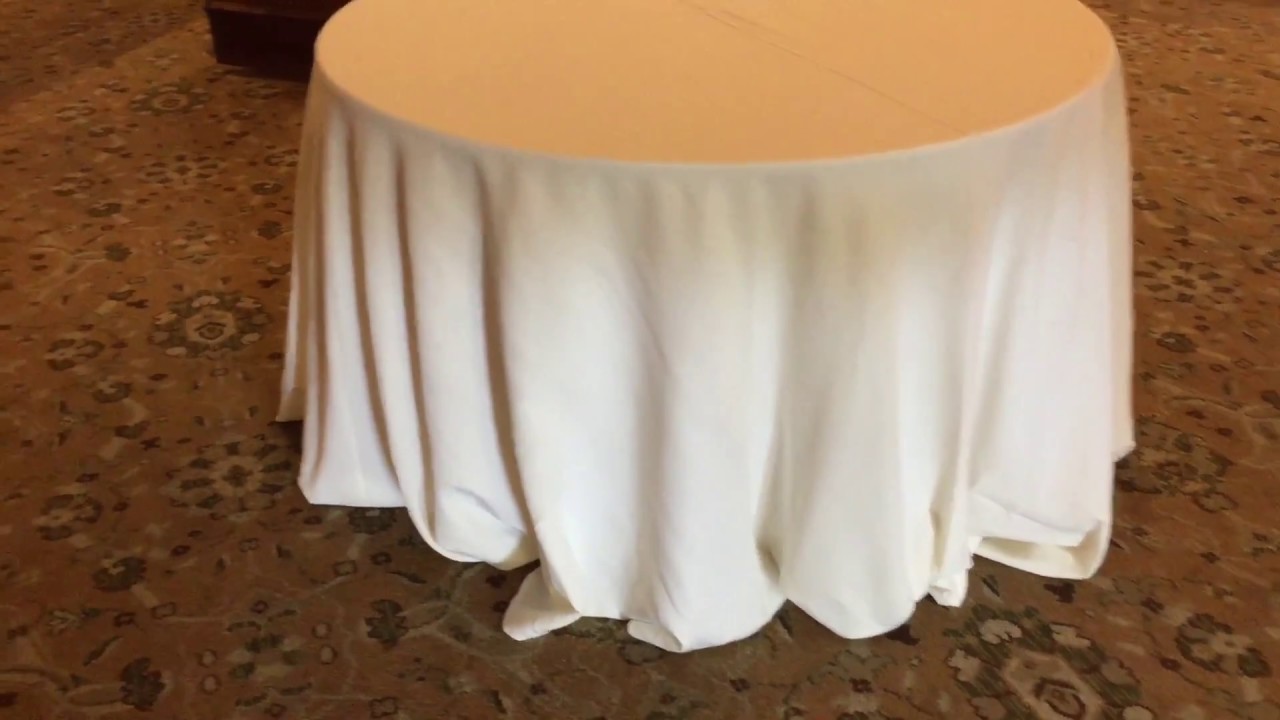
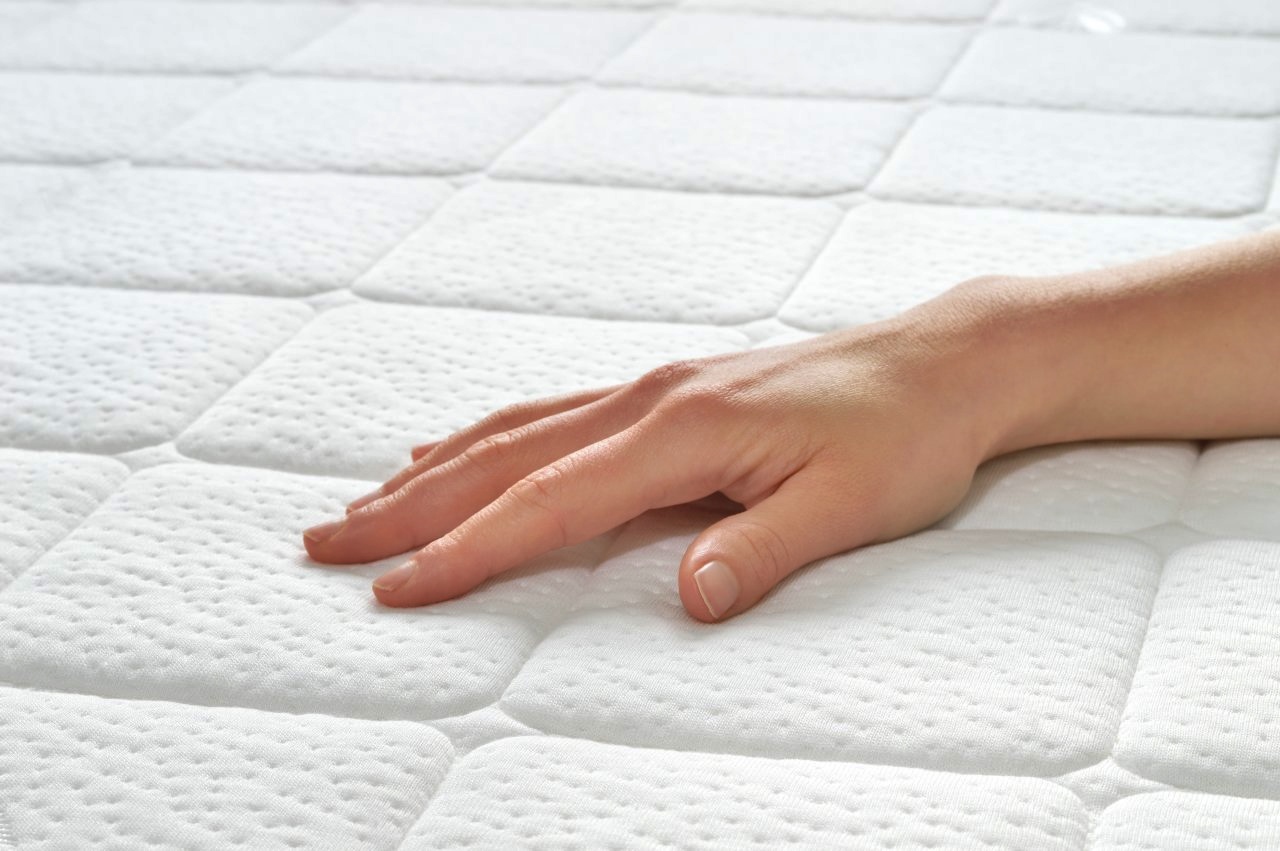
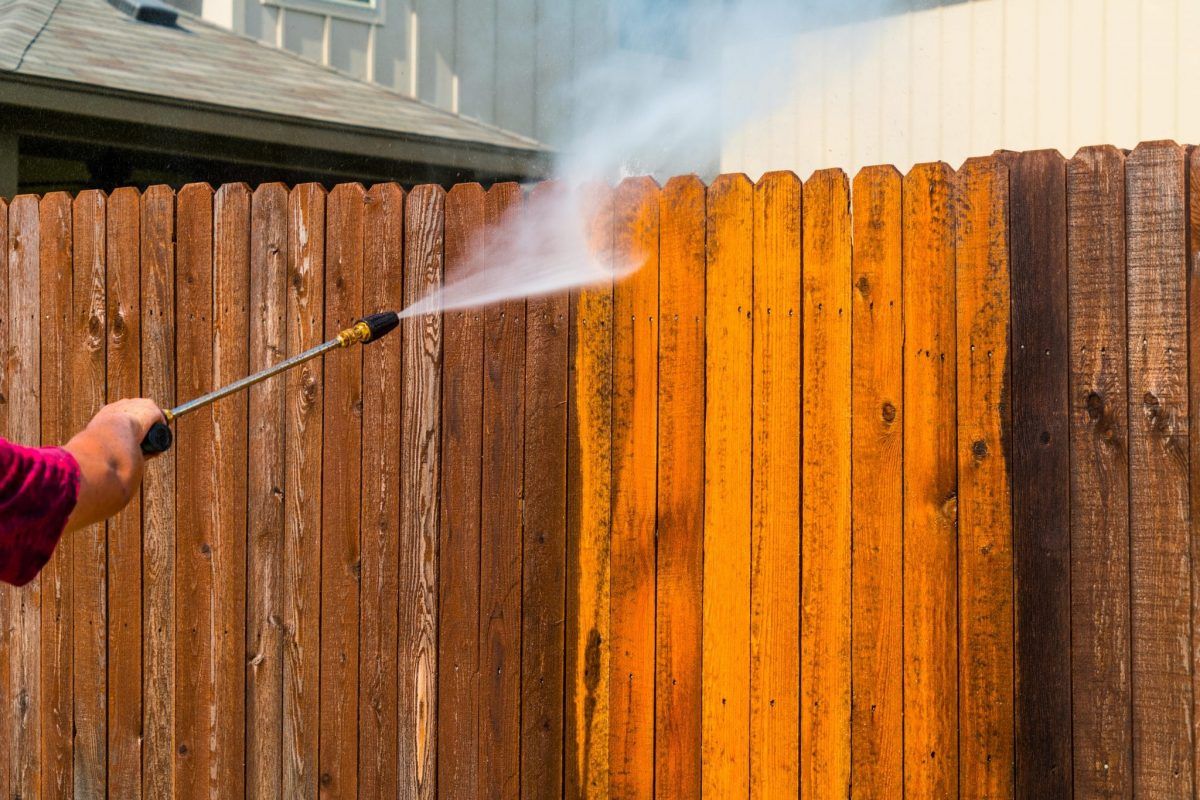
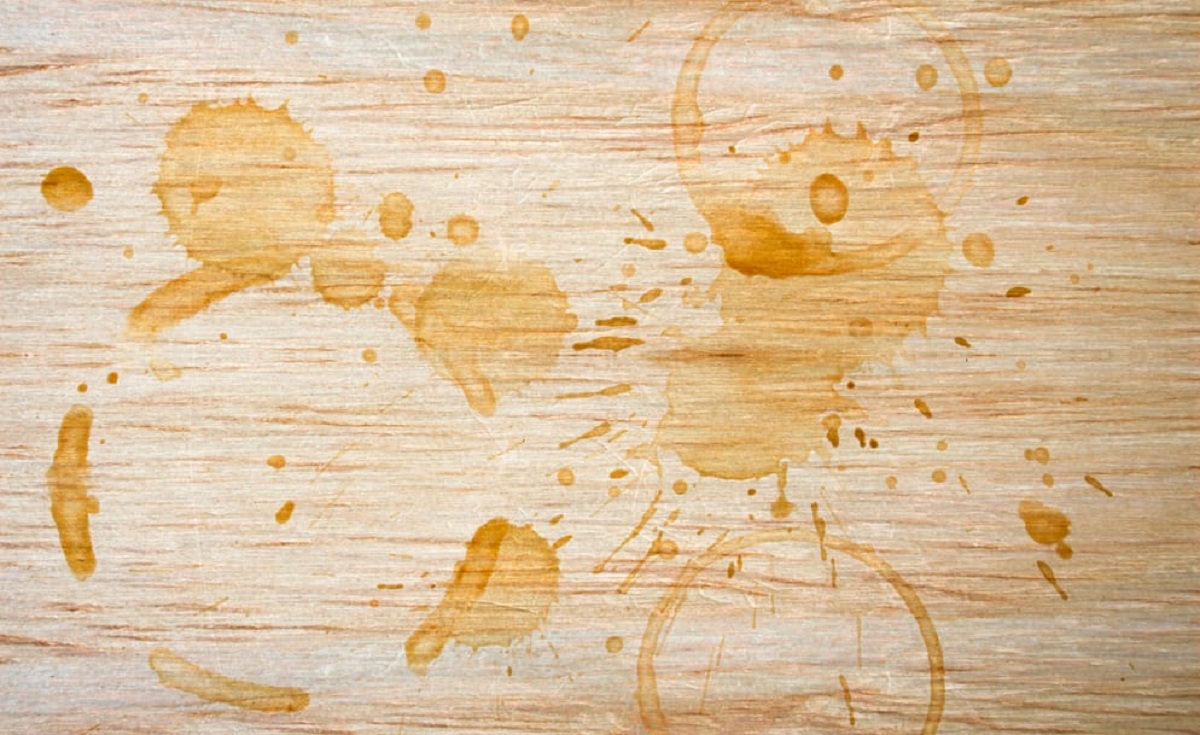
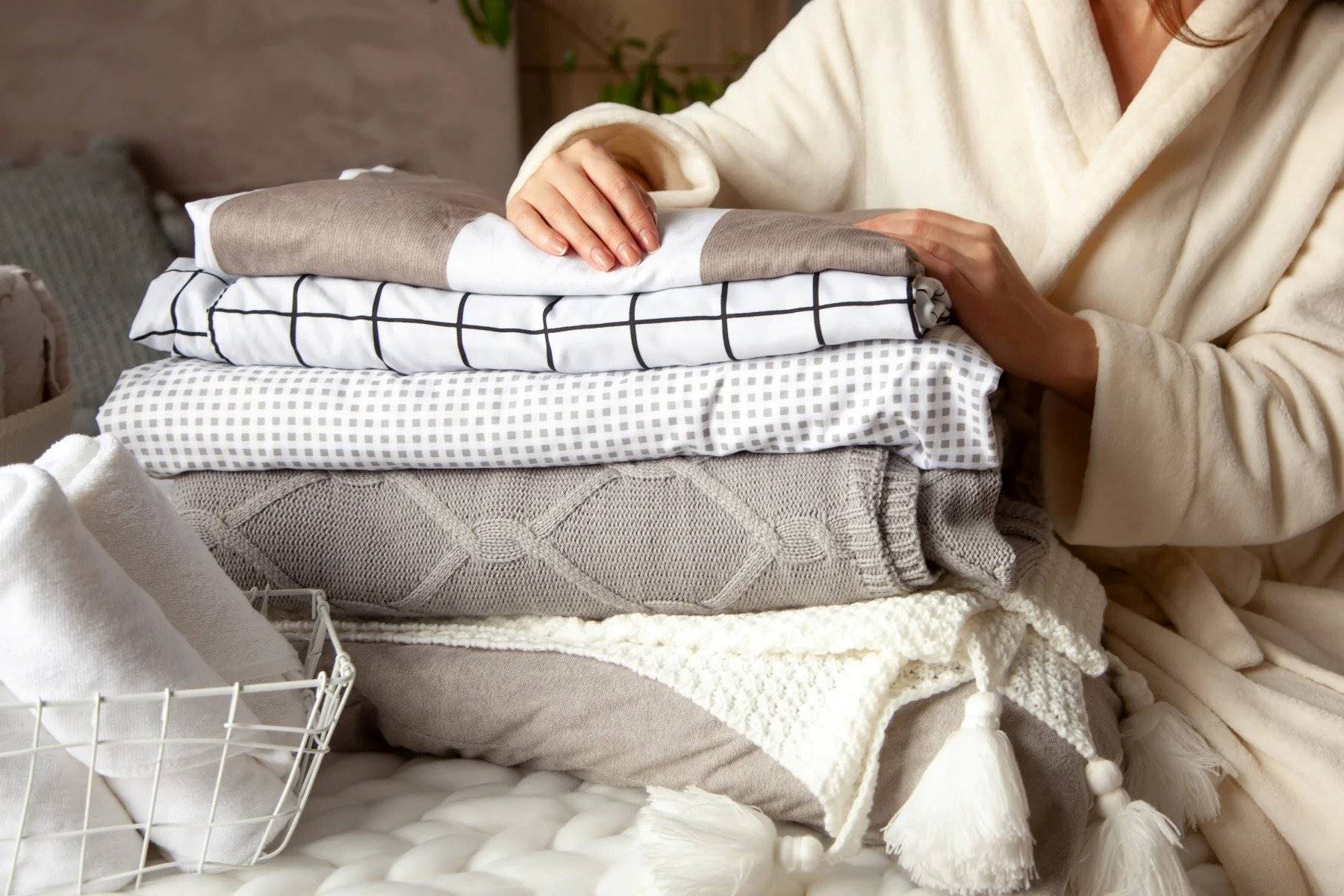
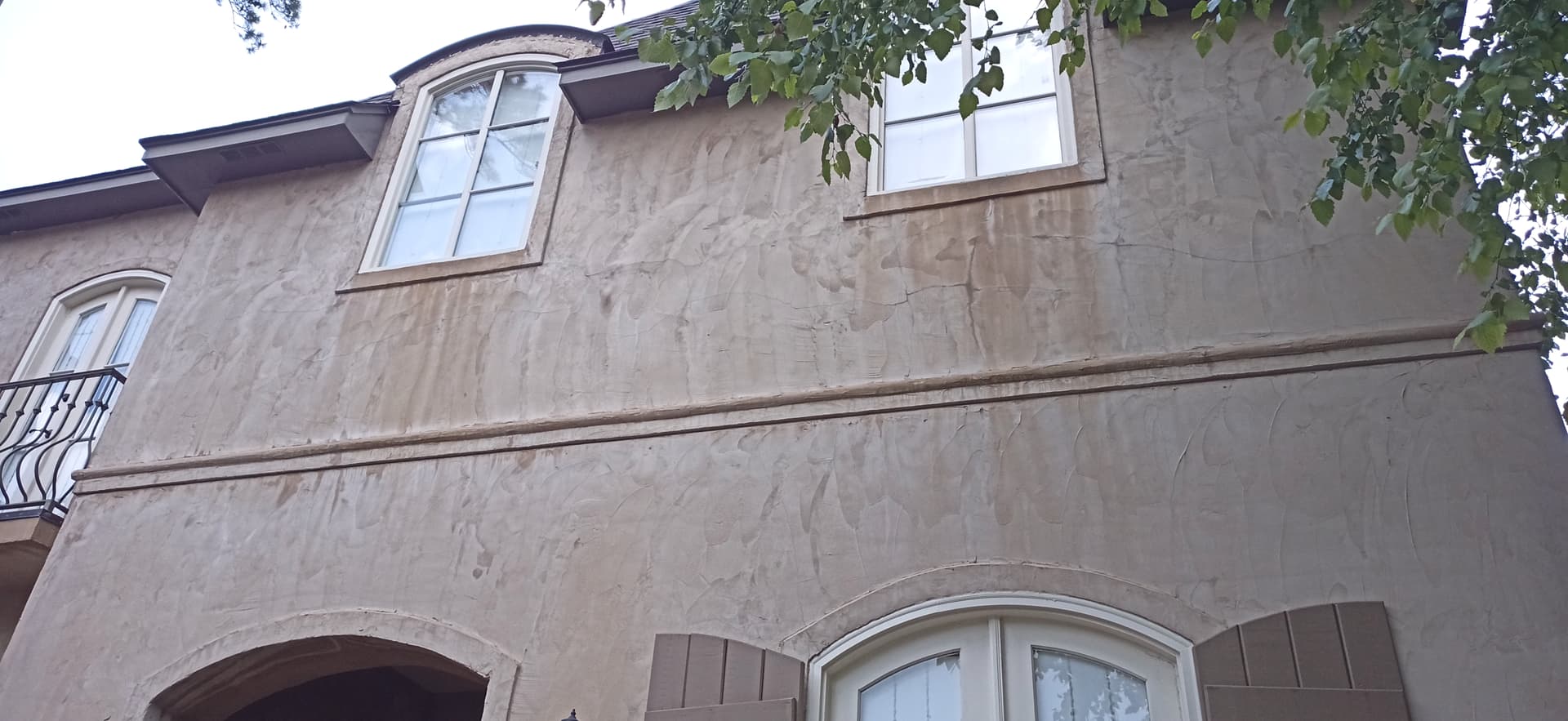
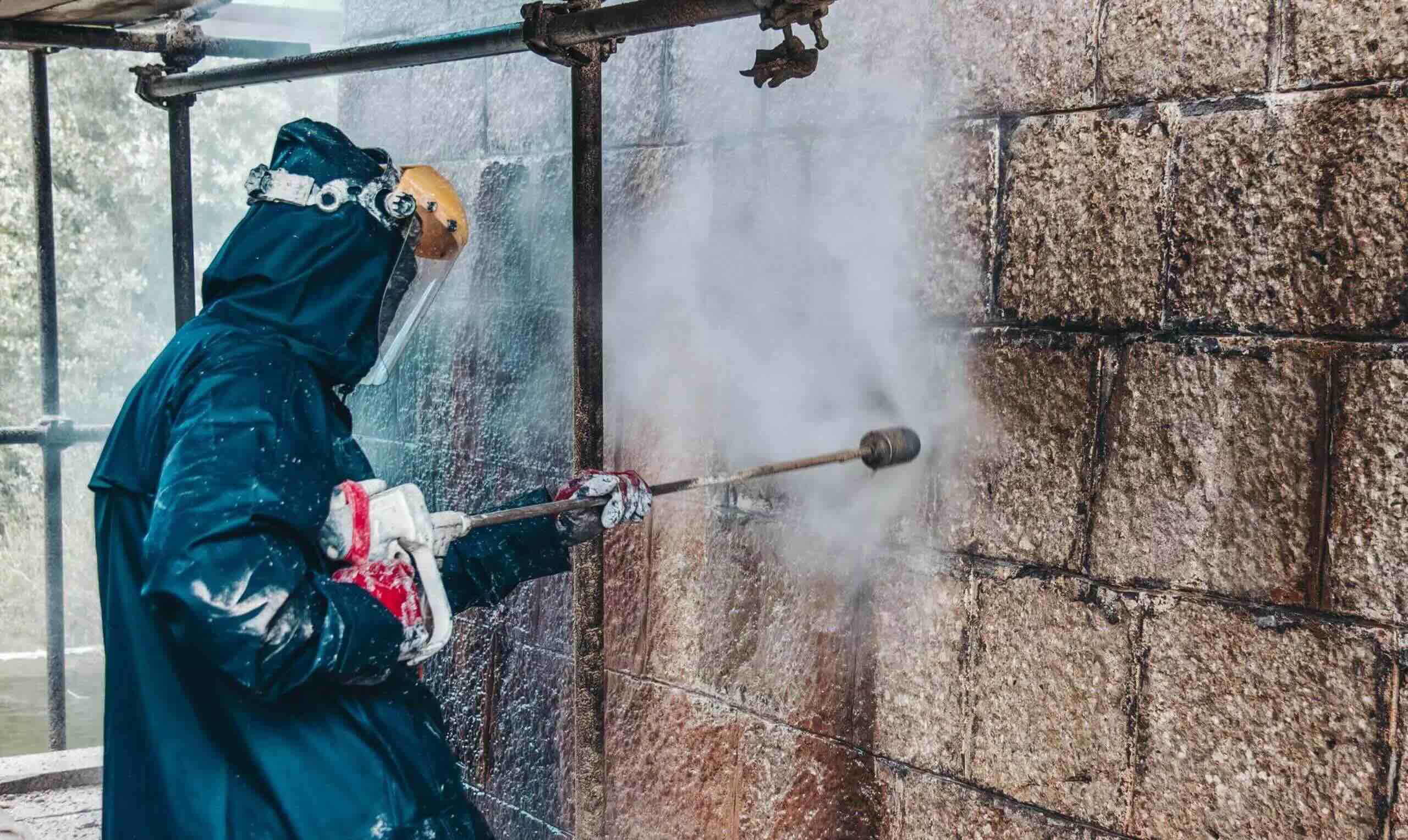

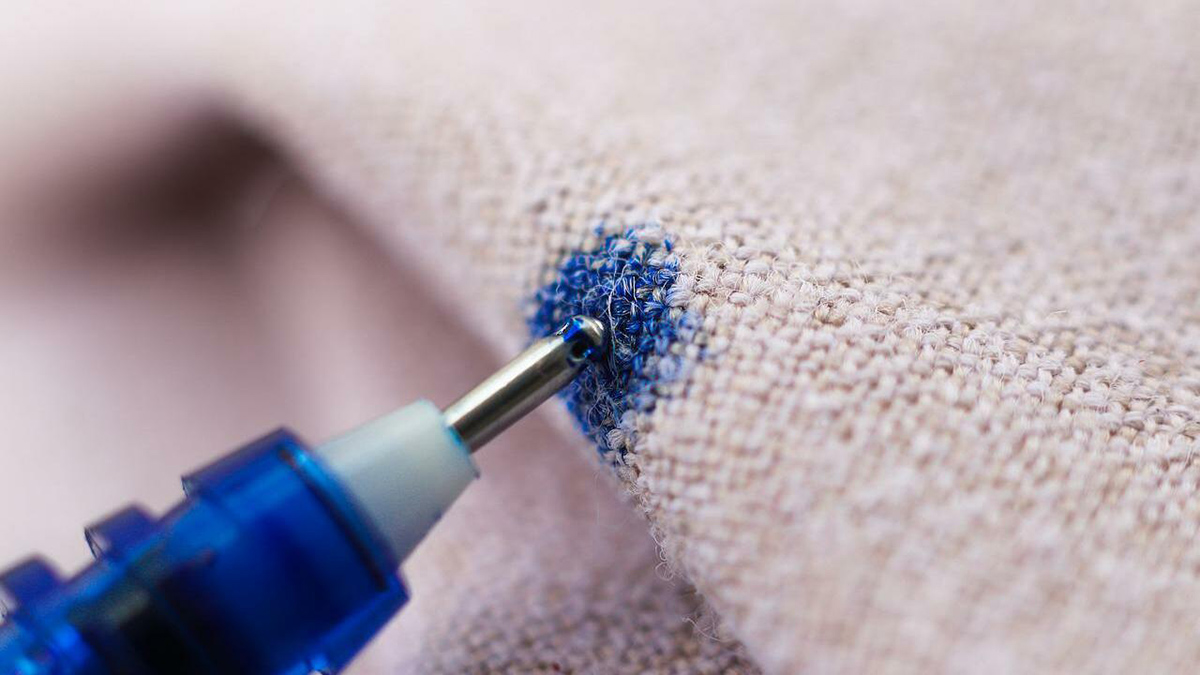
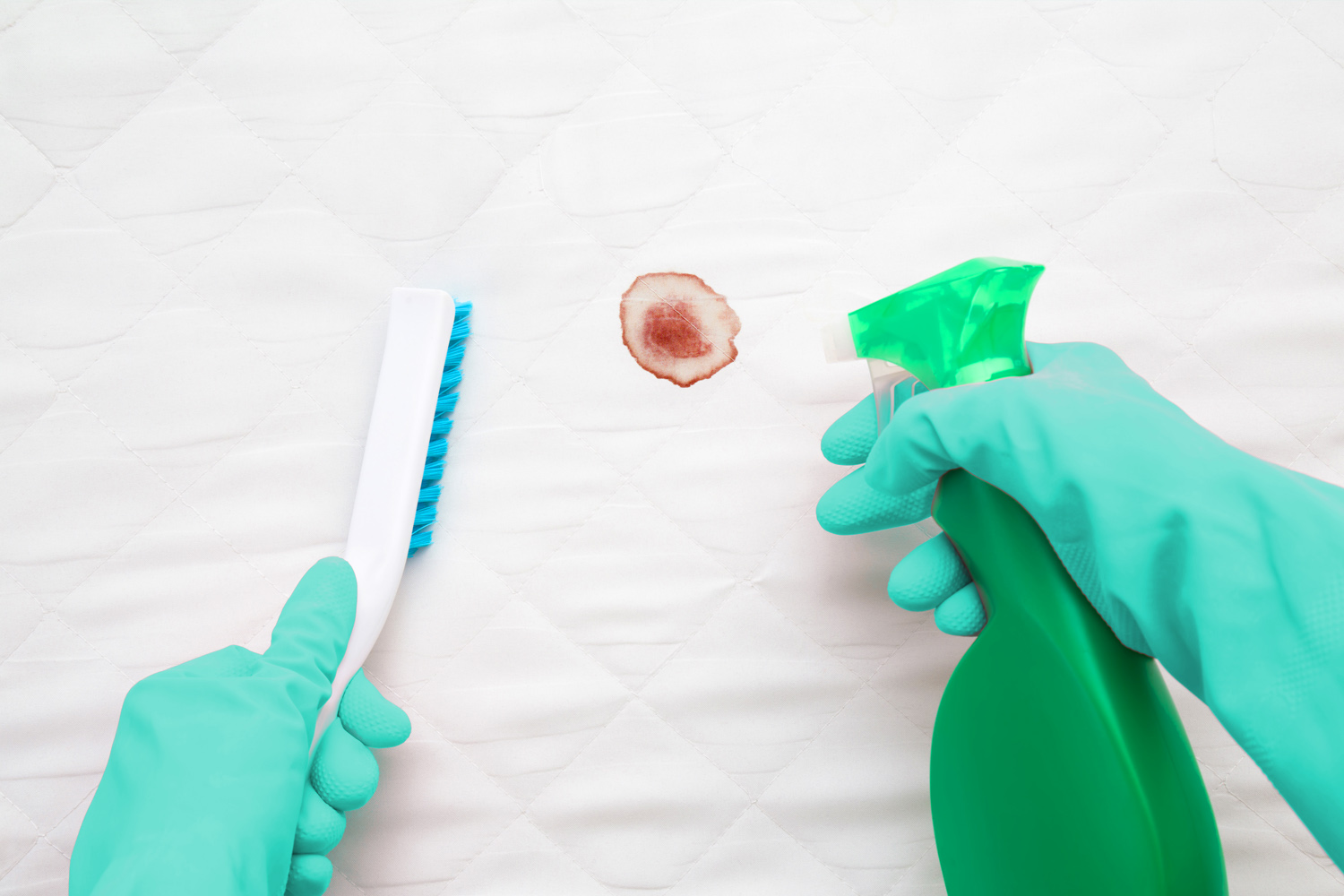
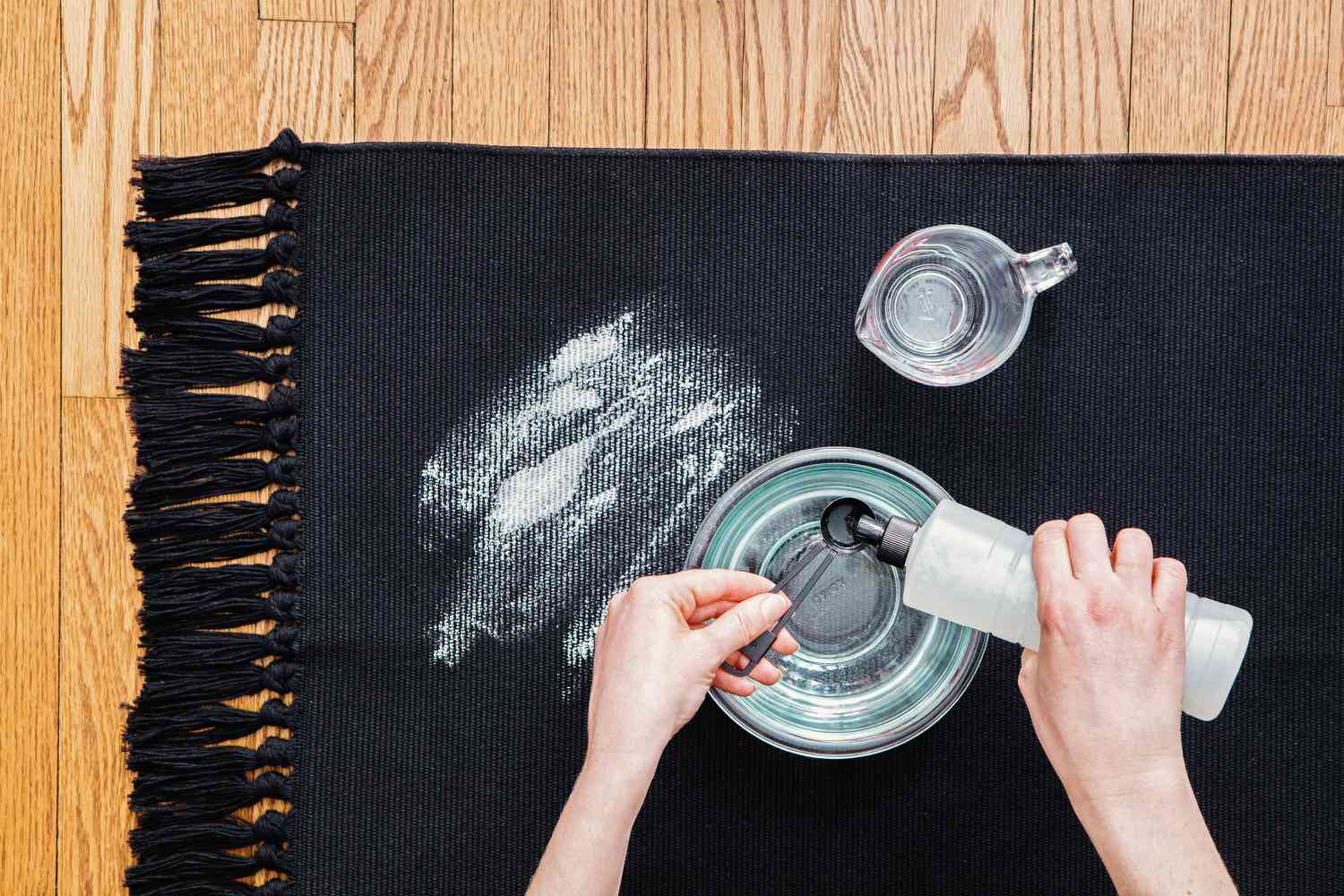


0 thoughts on “How To Remove Stains From A Lace Tablecloth”